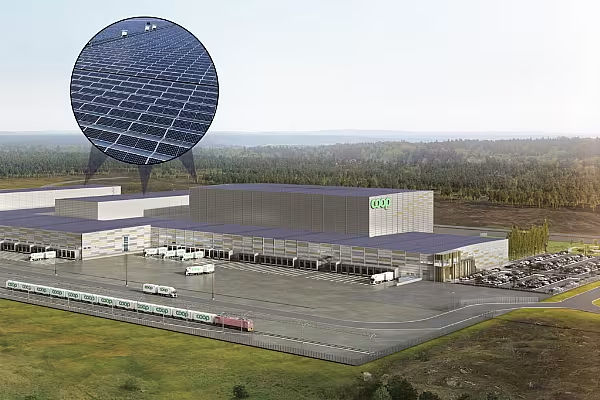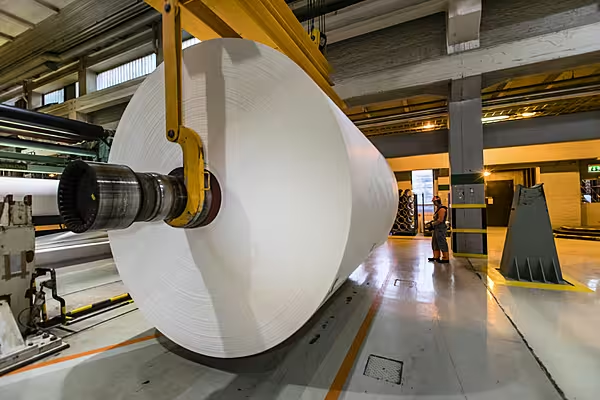Coop Sweden has announced plans to install a 6.1 MW photovoltaic system at its new goods terminal in Eskilstuna.
The system, comprising approximately 14,400 solar panels on an area corresponding to 38,000 square metres, will be the country’s second-largest rooftop photovoltaic plant, the retailer noted.
Örjan Grandin, CEO of Coop Logistik, said, “We are making a historically large investment when we build Coop's new fully automated goods terminal in Eskilstuna.
“It is a future investment for Coop and we want to act as sustainably as possible. Our electric Coop train will arrive at the terminal with goods several times a day and with our photovoltaic system, we will largely be able to run the terminal with electricity from the sun.”
Photovoltaic System
The solar panels used in the project will be CFP-certified (carbon footprint), a certification based on carbon dioxide emissions for the entire life cycle of the photovoltaic system.
The panels are produced in Norway with recycled silicon from Norway and silicon from Germany and the USA.
The solar cells have a much lower climate footprint in comparison with, for example, solar cells from China that are commonly found in the solar cell market, the retailer added.
Coop Sweden has teamed up with solar energy company Soltech Energy for the project.
Mats Tornard, project manager for Coop's new product terminal, said, “It will be a state-of-the-art goods terminal in Eskilstuna with a high degree of automation where technology and people will interact.
"A goods terminal like this consumes a lot of electricity, not least to keep the cooling system running, but also for control and robotics. We are investing in the solar plant because it is economically and environmentally sustainable, it increases our self-sufficiency, and to secure access to renewable electricity."
Eskilstuna Goods Terminal
In 2020, Coop Sweden commenced the construction of the goods terminal in Eskilstuna. The facility is expected to be fully operational in the summer of 2024.
The retailer hopes to complete the photovoltaic plant by early 2023.
Energy from the photovoltaic system will meet half of the facility's electricity requirements, and the remaining will be purchased from renewable energy sources, the retailer noted.














